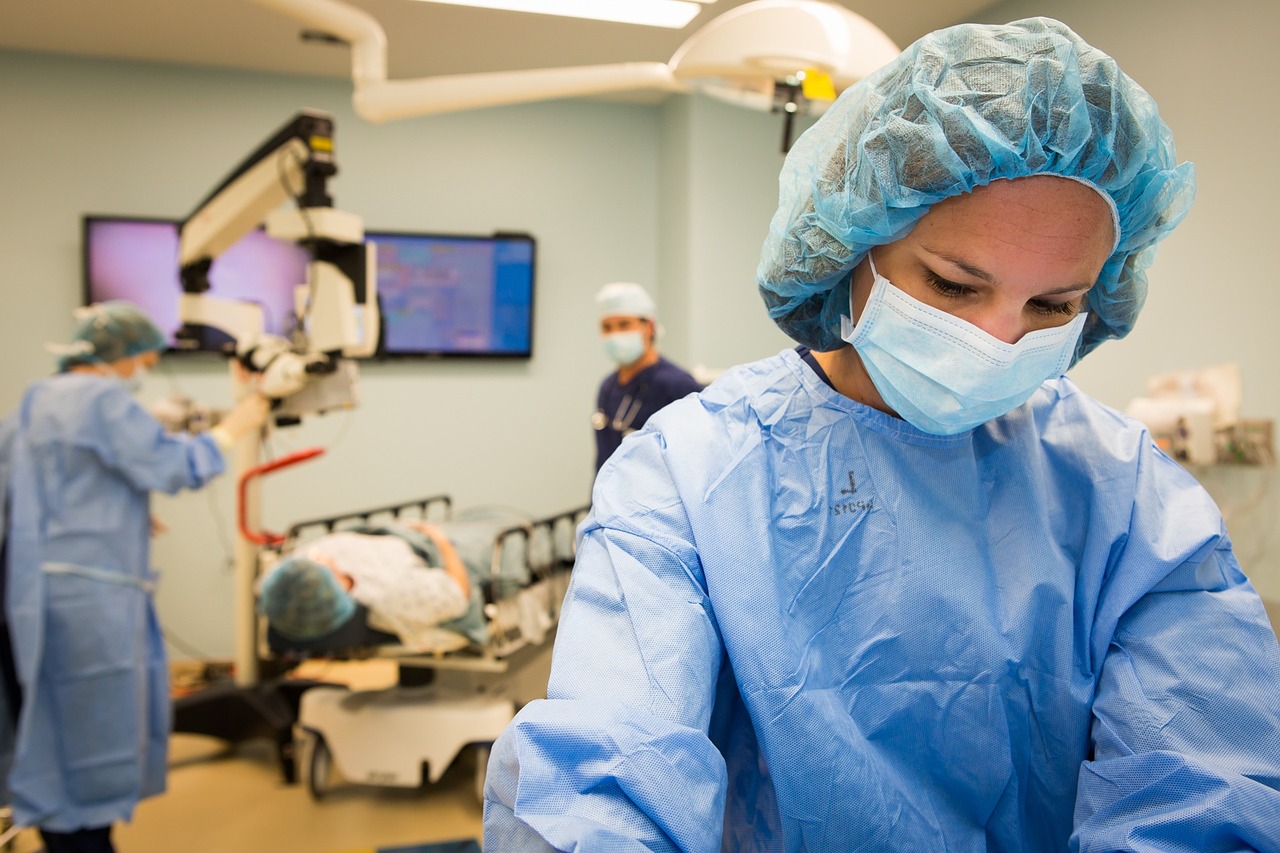Medical assistants are described as jacks-of-all-trades, support professionals with versatile clinical and administrative skills. But medical assistants can also specialize. You can have a career with responsibilities that play to your strengths, interests, and aptitudes.
What Are the Three Types of Medical Assistants?
Medical assistants can work in broad or narrow fields with wide-ranging or limited responsibilities. There are dozens of different specialties and other opportunities that lead to surprising destinations. However, all medical assistants fall into one of these three categories based on their credentials and the type of tasks they do.
Clinical
Clinical medical assistants perform medical duties in hospitals, clinics, and doctor’s offices. They collaborate directly with physicians, nurses, and other healthcare professionals to diagnose illness, treat disease, and provide preventive care.
Responsibilities include:
- Rooming patients
- Taking vital signs
- Administering medication
- Performing diagnostic tests
- Collecting urine and stool samples
- Assisting with surgical procedures
- Removing stitches and staples
- Minor wound care
- Sterilizing instruments
- Patient education
Clerical
Administrative medical assistants manage the many clerical responsibilities that are a part of every healthcare encounter.
The work involves:
- Answering phones
- Scheduling
- Checking in patients
- Verifying demographic and insurance information
- Billing and coding
- Filing insurance claims
- Recordkeeping
- Handling medical records requests
- Inventory management
- Patient outreach and communication
- Hospitality
- Ordering supplies
- General office duties
They partner with office managers, practice administrators and clinical professionals to create a seamless patient experience.
Certified
Certification is not required to work as a medical assistant. With a diploma alone, you can land a job as a clinical or an administrative medical assistant. General certification through the American Association of Medical Assistants or similar credentialing simply means you’ve passed exams demonstrating both clinical and clerical skills. How you grow your career from there is up to you.
Most certified medical assistants work as generalists, using the breadth of their medical and administrative abilities. Certification makes you a more valuable team member because employers know you’re versatile. That doesn’t mean you can’t choose a uniquely administrative or clinical role, but you’ll likely have a blend of responsibilities at first, it’s a good way to gain experience.
Alternatively, you can seek clinical- or administrative-only certification. However, most medical assistants begin as generalists and add to their resumes with these specialty certificates. You can also specialize further with field-specific training in cardiology, geriatrics, women’s health and transplant medicine for example. Each credential you earn helps you fine-tune your career.
What Are the Main Similarities and Differences Between the Three Types of Medical Assistants?
All medical assistants have something in common. Allied health professionals, they contribute to better quality care. How, where, when and with whom they work, however, varies.
Similarities and differences include:
Employment Settings
Clinical medical assistants work in private practices, hospitals, nursing facilities and clinics. However, because who can perform clinical tasks in these facilities is regulated by law, there are fewer opportunities in acute and long-term care settings. Most clinical medical assistants work in doctor’s offices.
Administrative medical assistants are hired by nearly all medical facilities for a wide range of positions. In a hospital, you might work as a patient representative, a billing specialist, or a medical records clerk. In a doctor’s office, clinic, or nursing home, you’ll likely be in the front office or billing departments. Administrative medical assistants also work for insurance companies and medical billing services, two settings that rarely employ clinical medical assistants.
As a certified medical assistant, you’re more likely to score a clinical position in a hospital. However, you can work anywhere if you’re satisfied with the role. Certified medical assistants with specialty certificates are the most qualified for jobs in specialized facilities.
Physicality
Clinical medical assistants spend more time on their feet than administrative medical assistants, shuttling patients to exam rooms between performing diagnostics and assisting with procedures. The work requires walking, bending, stooping, reaching, and lifting.
Doing administrative tasks means you’ll spend most of the day in front of a computer. If you have a bad back, that’s a plus. However, you may need to work in activity to stay limber. Certified medical assistants working as generalists enjoy the best of both worlds.
Work-Life Balance
Clinical medical assistants work mostly in doctor’s offices and hospital units with regular daytime schedules. You’ll have evenings, weekends, and major holidays off. The exception is urgent care clinics that need medical staffing 24/7. Overtime and on-call requirements are limited. It’s a great job for someone who wants a clinical role and a positive work-life balance.
Administrative tasks are not so time-sensitive that they require overnight work, clerical emergencies are rare. You can expect a consistent daytime schedule.
Certified medical assistants, however, may have more responsibility. Still, they’ll have plenty of time for both work and play.
Patients and Peers
Patient contact is greater among clinical medical assistants. You’ll work with physically and emotionally vulnerable people who often need a hand to hold. If you thrive on making personal connections with patients and peers, this is the role for you.
Administrative medical assisting is more hands-off, so you may miss the human interaction. You’ll spend more time with people on the phone, and encounters are typically shorter and less personal. However, you’ll have plenty of interaction with like-minded peers, including medical assistants on the clinical team.
Advancement Opportunities
All medical assistants have advancement opportunities. With experience, clinical medical assistants can grow into supervisory positions or obtain specialty certificates that broaden their medical skills.
Administrative medical assistants qualify for a variety of positions in billing, medical records, practice management, and human resources. Many become office managers or even practice administrators.
If advancement potential is important to you, certification is the key to professional growth whether you prefer a clinical or clerical role. Not only does it give you a competitive advantage in the marketplace, but it also positions you for potential promotions. The most qualified people scale the career ladder faster.
How Do You Become a Medical Assistant?
A great way to become a medical assistant is to complete a vocational school training program. You’ll graduate in months, not years, with the proven skills employers are looking for.
Programs are comprehensive but focused and you won’t waste time or money on courses that won’t make you a better medical assistant. And instructors lay a foundation that you can build upon throughout your career. With value-added perks, including financial aid for those that qualify and job placement services, vocational education puts a medical assisting career within reach.
Final Thoughts
Now that you know the similarities and differences between the three types of medical assistants, it is time to learn more about CyberTex. There are many opportunities to become a medical assistant. Opportunities are knocking, so it is time to answer the door.
Want to Learn More?
The Medical Assistant Training Program at CyberTex Institute of Technology takes great care of you by providing hands-on training, practical experience and the support it takes to get started in a medical assisting career without spending years in school. You will learn the basics of both clinical and administrative skills, and prepare to work in physician’s offices, hospitals, and other medical facilities.
Contact us today to learn more about our Austin and Killeen campuses.





